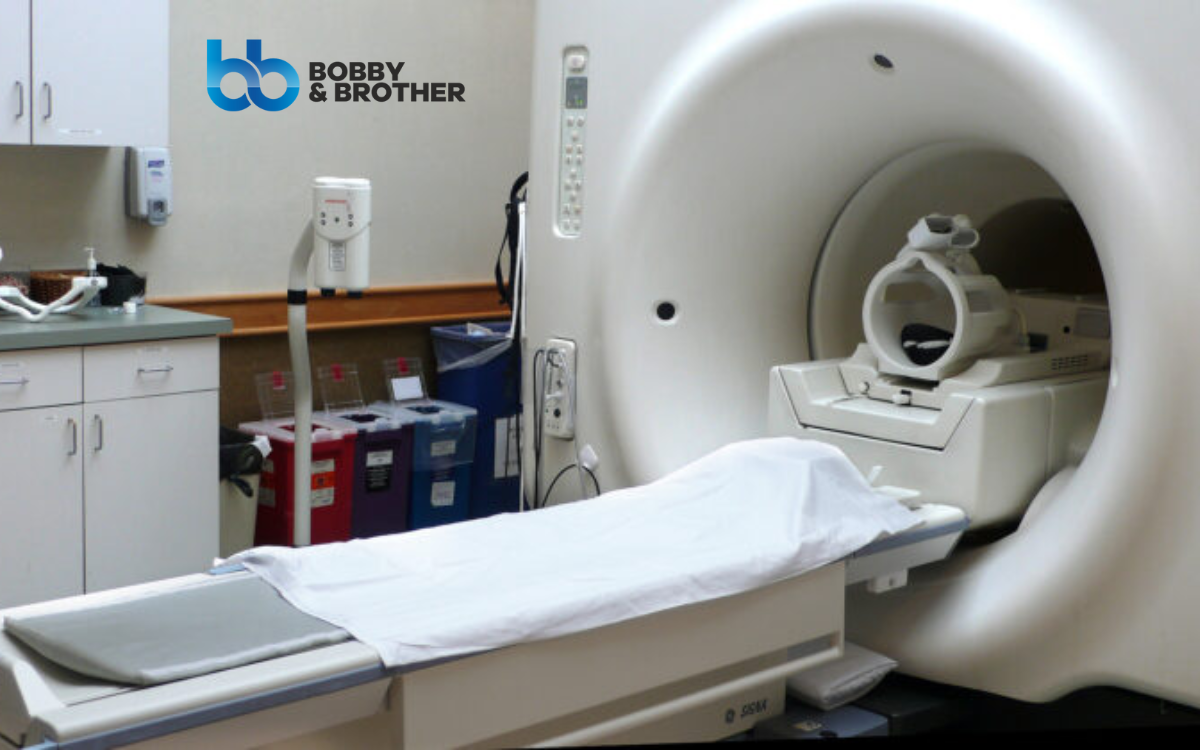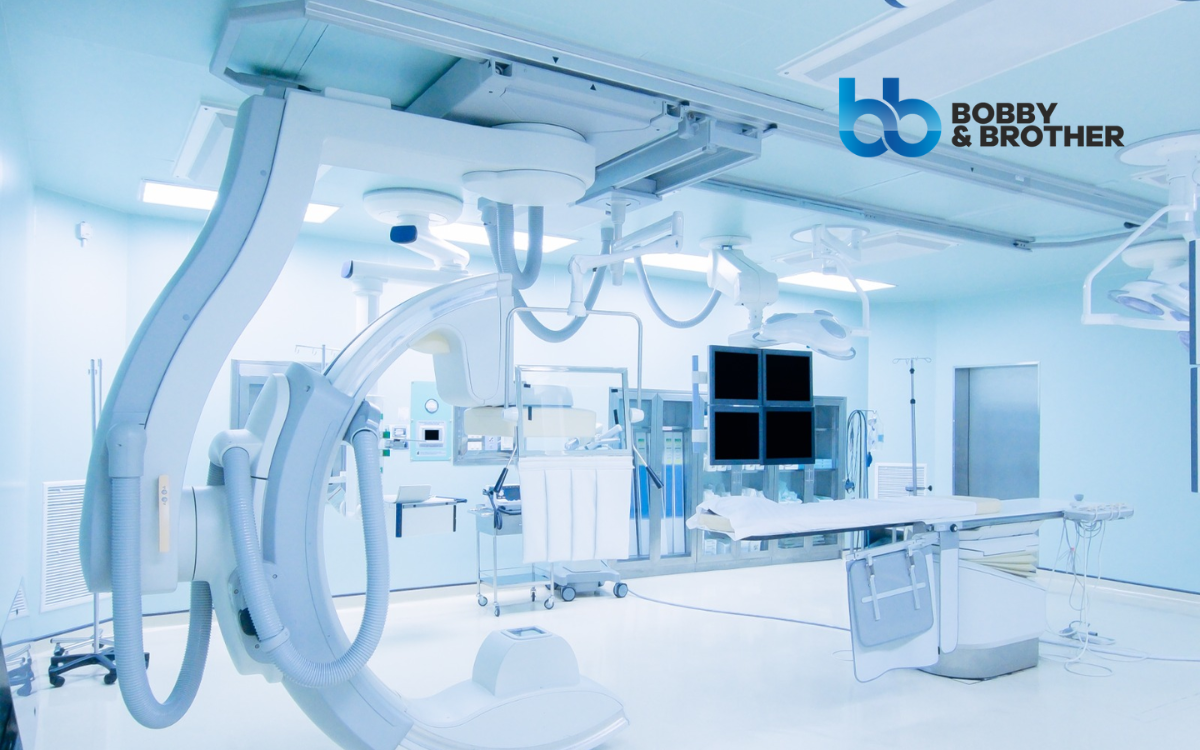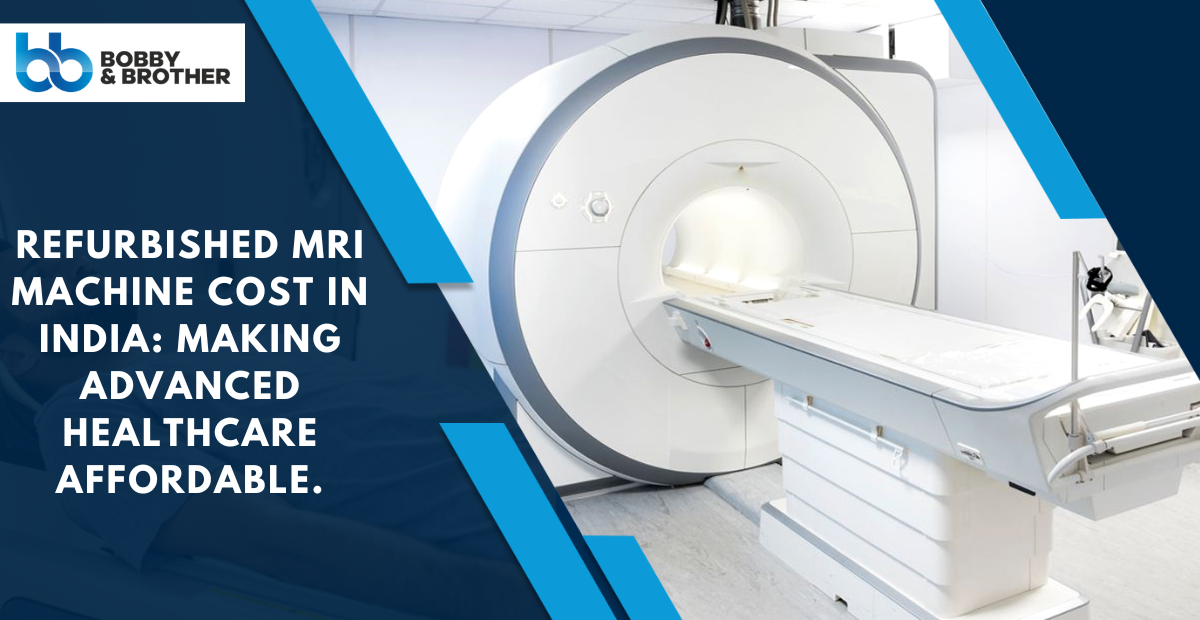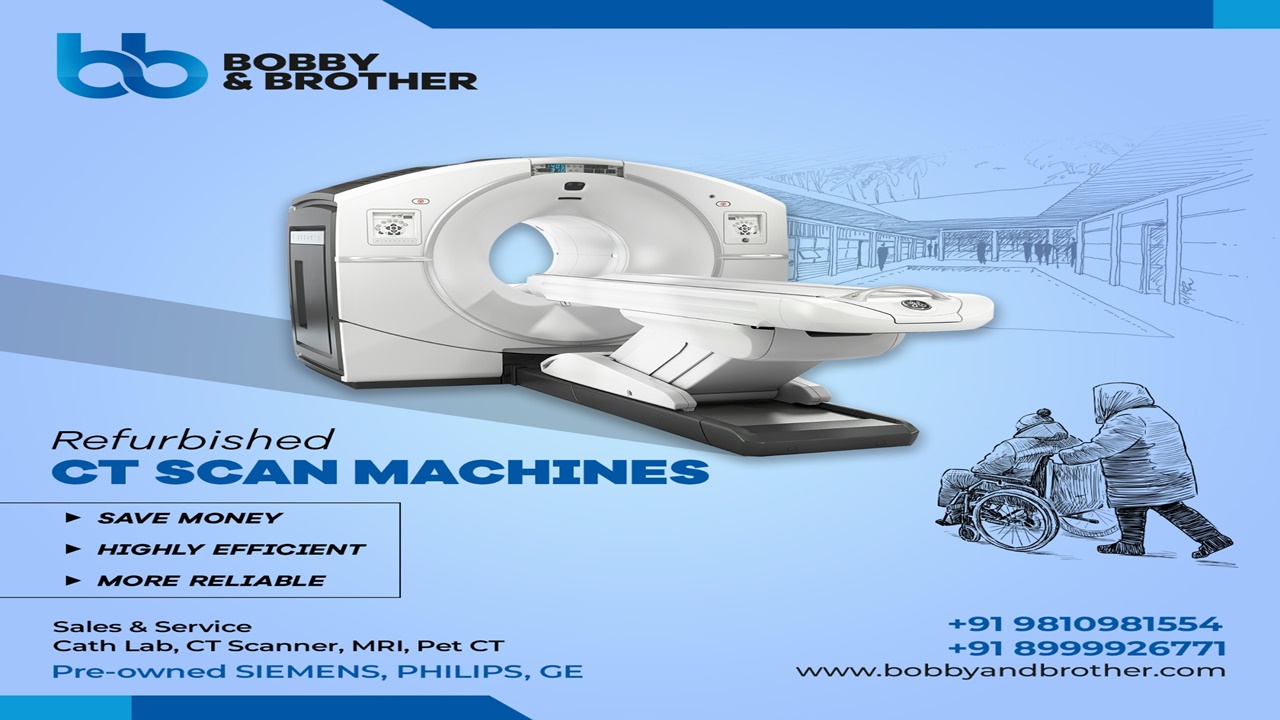The Indian healthcare sector has been making impressive strides in adopting advanced technologies to provide better diagnostic and treatment options. Among these technologies, MRI machines stand out for their ability to offer detailed images of internal structures. However, the steep costs associated with acquiring new MRI machines have led healthcare facilities to explore alternative solutions, resulting in a rising demand for refurbished MRI machines.
This blog by Bobby & Brothers will help you understand the potential of using refurbished MRI Machines in India and its other aspects.
Unveiling the Potential of Refurbished MRI Machines.
Refurbished MRI machines, offered by Bobby & Brothers, present a pragmatic and cost-effective alternative to brand-new equipment. These machines undergo a meticulous restoration process that includes thorough inspection, repair and calibration, ensuring their optimal performance.
Moreover, the surge in popularity of refurbished MRI machines, supplied by Bobby & Brothers, can be attributed to several compelling advantages they offer like:
Affordable Access to Cutting-Edge Imaging Technology:
The most immediate advantage of opting for a refurbished MRI machine from Bobby & Brothers is the substantial cost savings it offers. Healthcare facilities can access high-quality imaging technology at a fraction of the cost of purchasing new equipment. This financial flexibility empowers medical centres to allocate their resources more efficiently, ultimately enhancing the quality of patient care.
Promoting Sustainability and Environmental Responsibility
By choosing refurbished MRI machines from Bobby & Brothers, healthcare providers actively contribute to sustainable practices. Extending the lifespan of medical equipment through refurbishment reduces electronic waste and significantly minimizes the carbon footprint of healthcare operations.
Delving into Refurbished MRI Machine Prices in India by Bobby & Brothers.
The pricing of refurbished MRI machines offered in India varies based on several factors, including:
1.Brand and Model:
Renowned brands and advanced models with innovative features might command higher prices compared to older or lesser-known counterparts.
2.Magnet Strength:
The strength of the MRI machine’s magnet plays a role in determining its price. Higher magnet strength typically results in more detailed imaging but comes at a premium.
3.Service and Warranty:
Bobby & Brothers might offer additional service packages and warranty coverage, influencing the overall cost of the refurbished machine.
The cost range for a refurbished MRI machine provided by Bobby & Brothers in India varies but are too reasonable. This cost-effective option empowers medical facilities to elevate their imaging capabilities without straining their financial resources.
Why do you need to get Pre-Owned MRI Machines from a reputed supplier?
The pre-owned MRI machines are reasonably priced in India but it’s crucial to approach pre-owned purchases with caution. While the initial price of a pre-owned MRI machine might be lower than that of a refurbished one, there are inherent risks associated with used equipment:
1.Uncertain Condition:
By some suppliers, Pre-owned MRI machines are sold as it is, without undergoing the comprehensive refurbishment. Consequently, buyers might lack insight into the machine’s performance history or underlying issues.
2.Limited Warranty:
Unlike Bobby & Brothers, who provide a specific time period of warranty, most of the pre-owned sellers might not offer such robust coverage, potentially exposing buyers to unexpected repair costs.
So, these are two important aspects because of which you need to choose the supplier carefully.
In conclusion, the growing popularity of refurbished MRI machines in India’s healthcare sector is driven by their cost-effectiveness and benefits. Bobby & Brothers offers meticulously restored machines that provide affordable access to advanced imaging technology, aiding patient care. These refurbished machines also contribute to environmental sustainability by reducing electronic waste. Factors like brand, model, magnet strength and service influence the pricing. Choosing a reputable supplier like Bobby & Brothers ensures quality and warranty, unlike any other supplier with potential risks.



